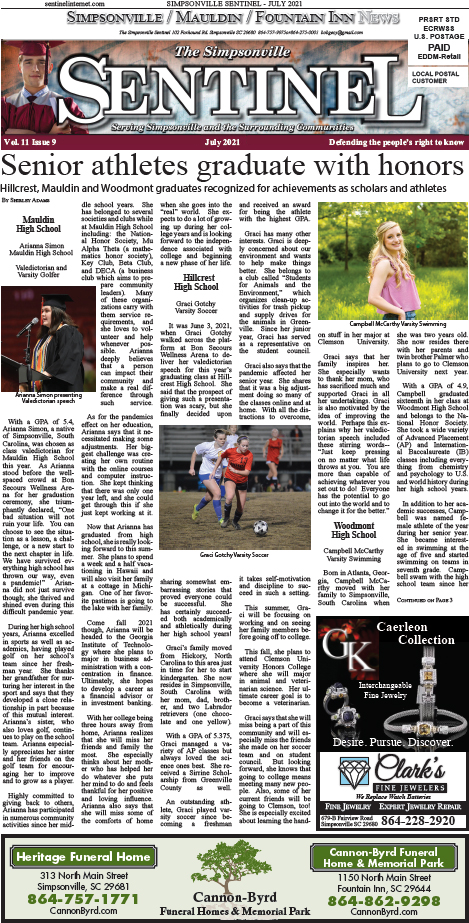This year a new county 10-year plan is to be developed. The first meeting concerning it was held with the County Council’s Committee of the Whole on Tuesday, Feb. 6, 2018, at County Square. It was an important meeting and very informative. This is long, but here are my notes.
COMMITTEE MEETING
Joe Minicozzi of Urban 3 in Asheville spoke at the Greenville County Council Committee of the Whole Tuesday, Feb. 6, 2018. All members except Roberts were present. Others attending included Planning Department, Upstate Forever representatives, realtors, and some constituents like myself.
Minicozzi’s work has been featured at the Congress for New Urbanism, the American Planning Association, the International Association of Assessing Officers, and New Partners for SmartGrowth conferences. His work is a paradigm shift for thinking about development patterns.
Joe is a founding member of the Asheville Design Center, a non-profit community design group dedicated to creating livable communities across all of Western North Carolina. He received his Bachelor of Architecture from University of Miami and Masters in Architecture and Urban Design from Harvard University.
Infrastructure speaker, Joe Minicozzi, worked with board of realtors and Upstate Forever and other groups on this project.
His company prepared an infrastructure plan for 5 upstate SC counties including Greenville which was funded by the Board of Realtors and Upstate Forever and others. Land development and infrastructure costs were his focus.
Minicozzi refers to government, including Greenville County, as a land corporation.
He stated that historic downtown buildings bring in many times more tax revenue than Wal-Mart, per square acre.
He showed a map and stated that with current development trends of laisse faire, land development will cover all South Greenville by 2040.
Minicozzi stated that developers were putting in roads, water, and sewer then leaving these big money drains for the county to repair. He stated that the math shows the county will not be able to pay for all this infrastructure in 20 years.
He also showed a graph that included laisse faire, village (satellite), and corridor infrastructure costs twenty years down the road. The laisse faire showed a huge negative cost for keeping up the infrastructure created by this type of development.
The village plan where areas like the Golden Strip and Travelers Rest and Greer were focused on as satellites and developers put up buildings covering small land footprints actually paid for the infrastructure in 20 years.
The corridor plan missed paying for it by less than .08%.Some of his charts showed how G’ville Co. would look 20 years out under each plan.The satellite plan shows South Greenville being still green, leaving us pretty much alone. The corridor plan was close to the same with development running along major roads. Whereas the laisse faire current plan shows the whole county covered in development except for the mountains.
He referred to a book Good to Great by Collins.
Laisse faire development is extremely costly to County Government. Design matters and math matters. He used simple math to figure this and showed how he did it.
Joe Dill – Greer is largest city in SC in land area. Miniconni said that if Greer provides infrastructure for all this, it will pay a large penalty in the future.
Lynn Ballard – So the county and municipalities should work together? Joe – Yes.
Is spread good for the community? Joe says that spread must be paid for and the county government must make developers pay for that in perpetuity.
Also, the county and city need to see how slowly they are processing development. It takes too long for the process.
Payne – So we need to provide solutions for everyone. Wish I had seen this when I first came on Council.
Conclusion – Small foot print, tall buildings provide more taxes per acre and benefit the County and City coffers in the future.
Minicozzi replied to a question that we need to consolidate services with the city, county, and municipalities in order to save more money.
Seems to me that the satellite plan for sustained growth is the most profitable for the county’s constituents and for maintaining infrastructure and for saving green spaces. I fear that the corridor plan will give us more Woodruff Roads. And the plan for no plan is out of the question if we want to save our life style for ourselves and our children.
Constituents must encourage the Council to listen to more reasonable plans for growth and stand by their plan. This presentation should help us all see that developers are dumping the infrastructure costs on the County causing large deficits down the road.
We must keep up the efforts to affect the 2018 County-Wide Development Plan.
The slide presentation from this meeting is on the County Website if you would like to know more detail. Thanks to Council Chair, Butch Kirven.
SUMMARY
Three possible plans for managing development in Greenville County were discussed.
1. Laisse Faire is the plan we have now. With development unchecked, infrastructure deficits will be enormous in 20 years and green space limited.
2. Corridor Plan focuses develop along major highways. This plan will provide most of the tax money to maintain infrastructure over time. But it could allow more Woodruff Roads.
3. Satellite Plan focuses development in villages or municipalities. There will be a slight profit in tax covering infrastructure and the most green space. Historic buildings will be cherished.
4. The County and the Municipalities need to work together to make the most beneficial plans work for everyone.
5. As tax payers, all citizens must participate in the creation and maintenance of this Development Plan. ♦

